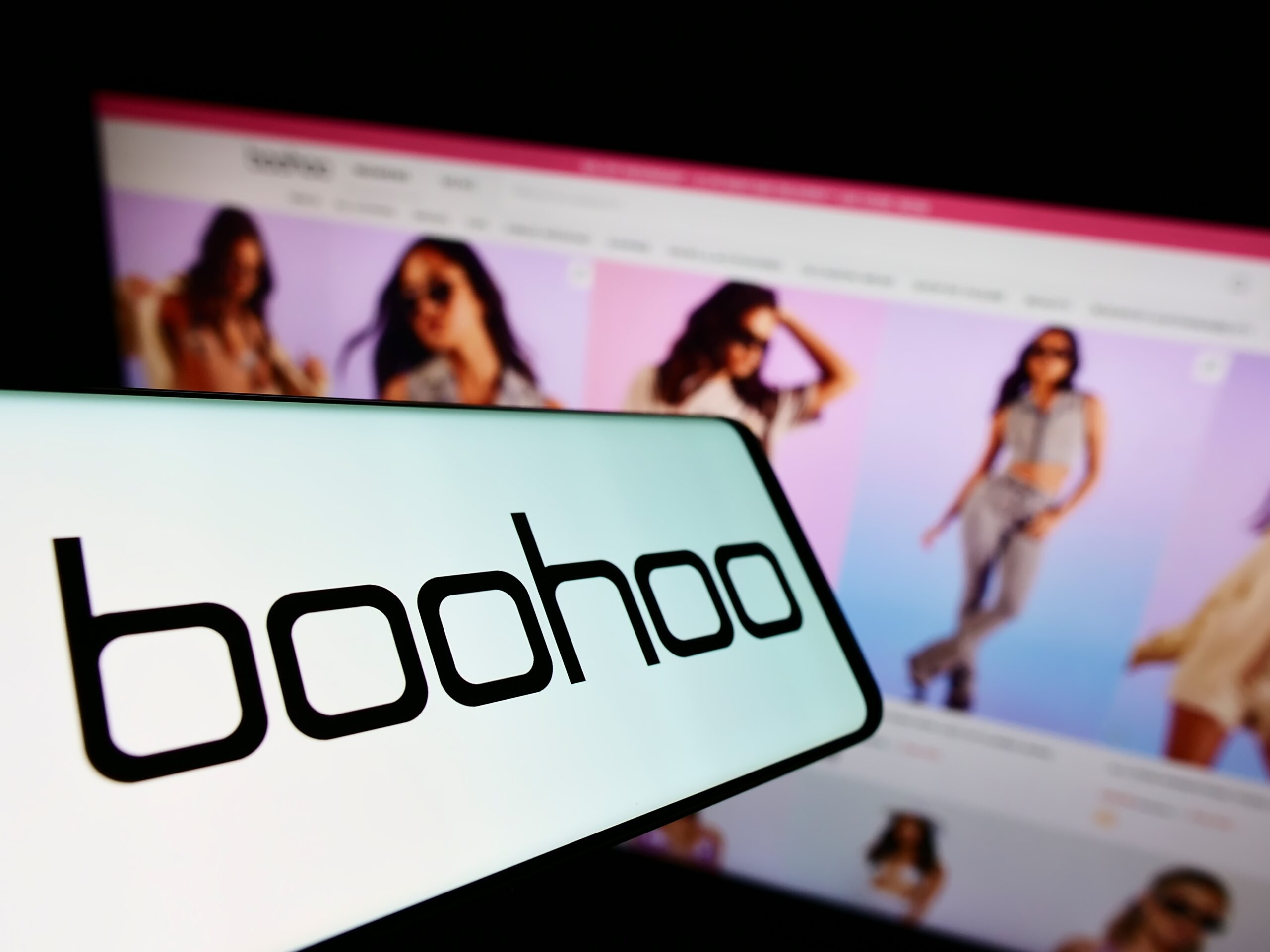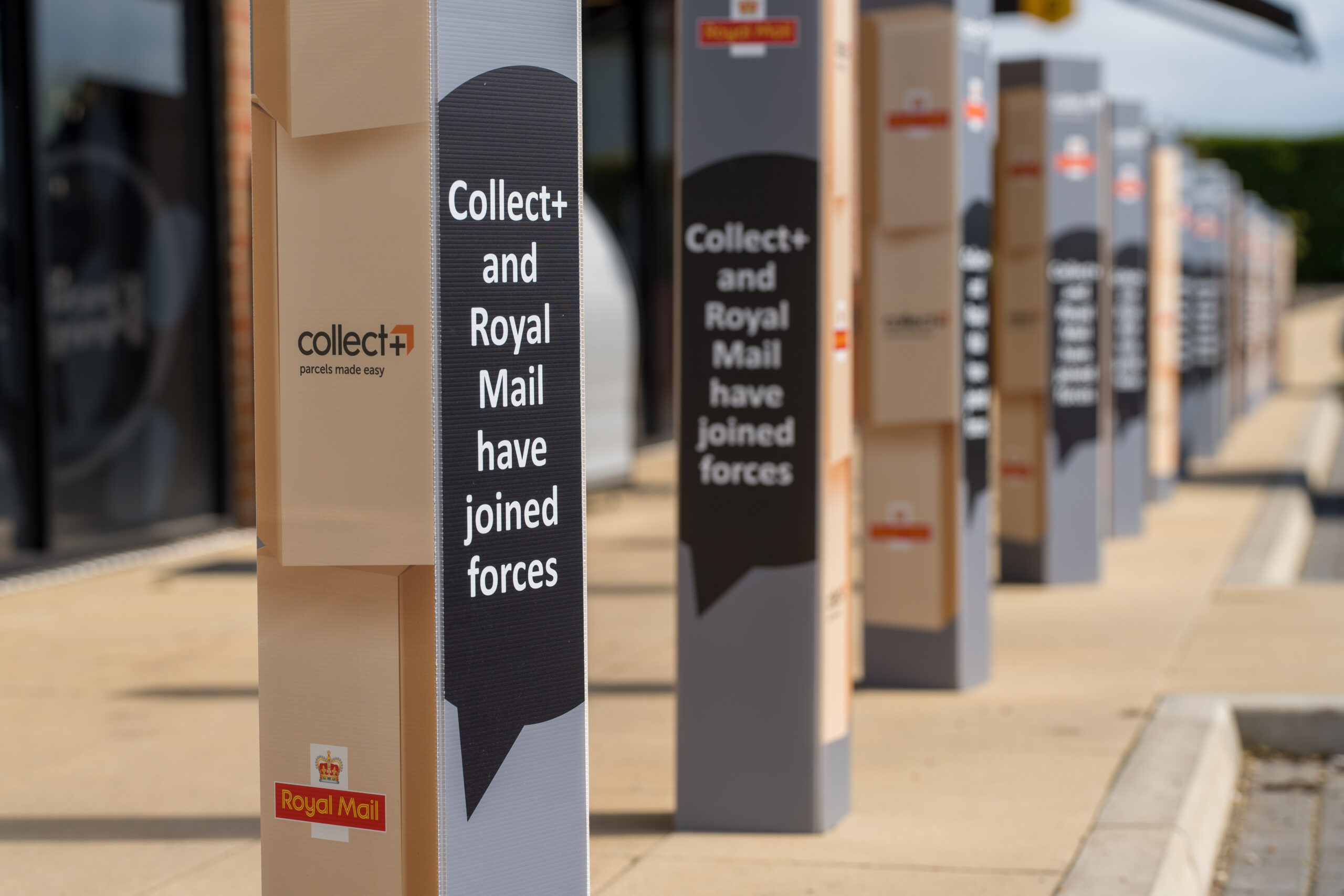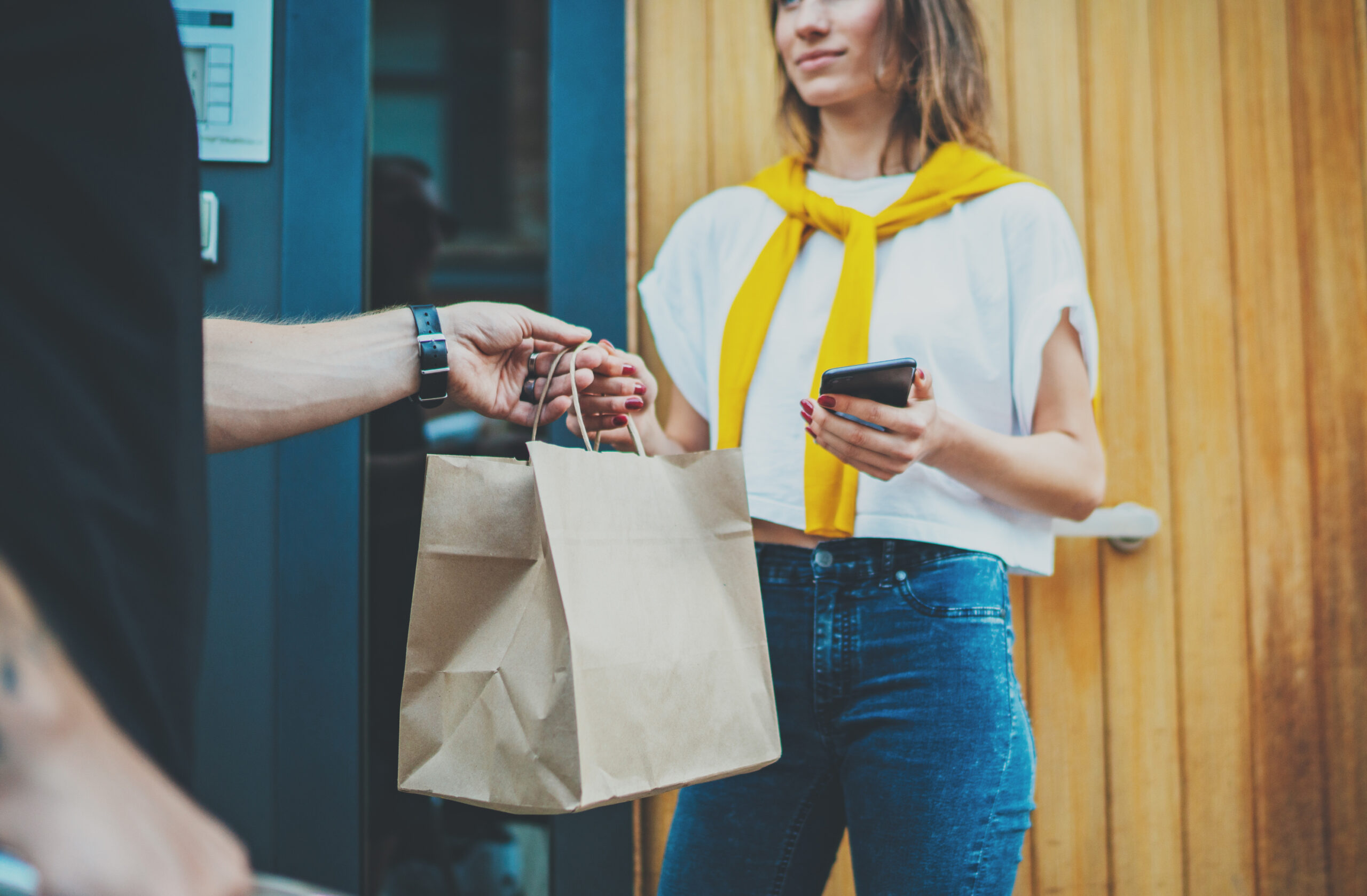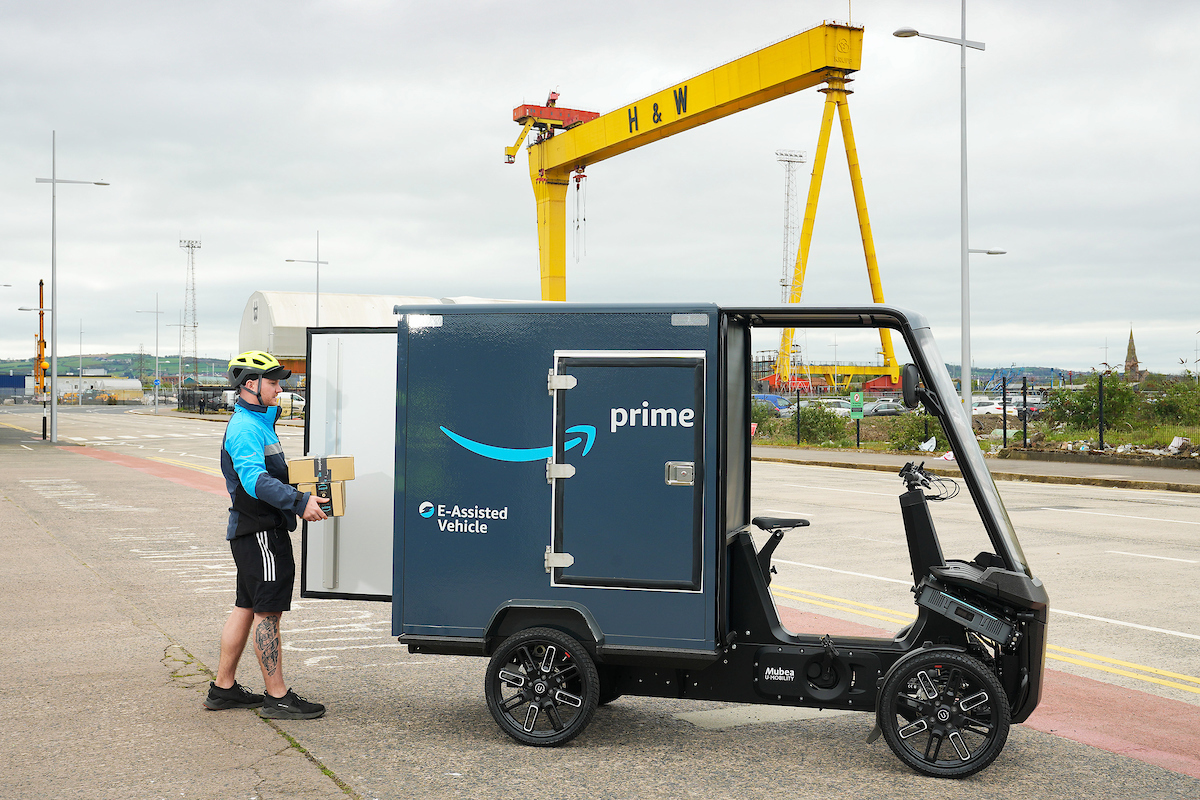Connected shoppers now expect a greater number of more convenient ways to get in touch and interact with the retailers and brands they buy from. Here are four principal methods to build customer engagement.
Consider the message
Shoppers are becoming more choosy about which email messages they’ll sign up to receive, data from the DMA’s Consumer Email Tracker of 2017 suggests. The organisation, in a survey with more than 1,000 responses, asked consumers how ready they were to sign up to receive marketing email from brands, shops or sites.
They found that while more than half (54%) said they always or often signed up in 2016, that figure had dropped significantly –to 14% – by 2017. While 10% of consumers were signed up to receive 31 or more emails at their personal email addresses, and 2% to that number from work addresses, 74% received no emails at their work addresses and 7% were not signed up to any emails from their home addresses. But 93% of consumers were signed up to at least one marketing email, while the average consumer had signed up to 12.
As a result, found the DMA, 78% believed they receive fewer than 10 marketing emails a day. When asked what kind of content they liked to receive, participants answered – in order of popularity – discounts, cited by 63% of respondents, rewards (51%), free gifts (48%), free delivery (46%) and competitions (33%).
Loyalty programmes
At least 90% of UK adults belong to at least one loyalty programme but, according to new research, only 15% of UK Top500 retailers have such a scheme. That’s one of the findings of a recent study, Retail Loyalty Programmes in the UK 2018, carried out by Razors Edge Business
Intelligence using the IRUK Top500 2017. Its analysis found that 44 Top500 retailers operated 48 loyalty programmes.
The UK, says Razors Edge, is one of the most mature loyalty markets in the world. Nonetheless, its researchers found a lack of differentiation between most programmes, with generic programmes offering benefits such as points on spending, discounts, personalised offers and invitations to
exclusive events.
Nonetheless, the Razor’s Edge research found some retailers are making a real difference with their
programmes by responding to customer demand. Standout benefits included the B&Q Club, which sends digital receipts via email, while myJohn Lewis stores till receipts online in a ‘Kitchen Drawer’ feature.
Social media
The focus on social media in this report reflects a fastgrowing interest in this channel from retail marketers.
Some 6% of social media pages operated by Top50 retailers feature live chat-type pop-up windows. Meanwhile, shopper marketing agency Savvy reports in its 2018 Shopper Outlook Report that it had seen a “sharp rise” in the use of call to action buttons on Facebook, Instagram and YouTube posts – enabling shoppers to act when inspired, adding a product to their online basket or getting directions to a store that stocks the product.
Savvy predicts more brands will add shopping capabilities to their social media communications in 2018. Social media is not limited to the platforms specifically measured in this report. Rather, consumers go well beyond these constraints to discuss products that might meet their needs, discussing the pros and cons of items on a range of shared forums.
This is area also addressed through the use of product reviews and star ratings, with shoppers keen to find out what others thought before they buy.
Retailers are responding: 62% of the Top 500 enabled shoppers to rate products on their main website in 2018, a rise of 12 percentage points from 50% in 2017. A similar number (63%) enabled them to leave reviews, up from 53% in 2017. However, these features were less common on mobile apps, where 26% of the apps available supported reviews. The same percentage supported ratings.
Emerging forms of customer engagement
This year’s RetailX research noted that 6% of retailers offered live chat on their mobile app – a figure that suggests this form of engagement is now emerging and may well become more widespread in years to come.
Certainly, the LiveChat Customer Service Report 2018 found that more customers are now willing to use live chat, with the number of live chats undertaken by growing by 8.29% in 2017, compared to 2016. However, their satisfaction with the medium had fallen slightly, the average customer satisfaction rate decreasing by 2.81% in 2017 to stand at 83.54%.
Szymon Klimczak, chief marketing officer at LiveChat, noted one important trend. “What makes customers the happiest is dealing with an issue in one go, no matter how long it takes,” he said.
“Tech companies have one of the longest average handle times but because they solve most issues in one touchpoint, they lead the pack when it comes to customer satisfaction.
This feature first appeared in IRUK Top500 Brand Engagement Dimension Report, produced in association with Pure360. Click here to explore the report in full.
Image credit: Fotolia






